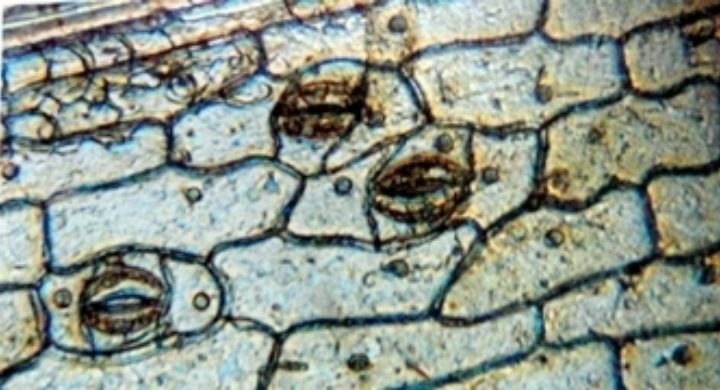Robert Brown (1773–1858)

Robert Brown was a leading botanist in his era, very well respected for his excellence in science, and the naturalist on board the HMS Navigator on the historic Flinders voyage to Australia (New Holland) in 1801. The expedition collected over 4,000 botanical specimens, of which Brown classified 2,040 (published in his work Prodromus florae Novae Hollandiae in 1810). Though his main interest was collecting and classifying specimens, he was also interested in the indigenous people, meeting with them to record the indigenous names for things like parts of the body. The Scot was a prominent figure at the Linnean Society, holding the position of Clerk, Librarian and Housekeeper (1805-22) and eventually being elected President (1849-53).
His studies led him to describe and name plant nuclei, and his discovery, under the microscope, of the erratic movement of pollen grains in water was later to be named Brownian motion. He recognised and described the existence of the cell nucleus and stomata (breathing pores that act as gateways, in order to exchange gases with the atmosphere). The Linnean Society are the caretakers of Brown’s microscope, as restored by Prof Brian J Ford, on which his theory of Brownian motion was discovered.

The lower image depicts an epidermal peel of Cymbidium, showing the cells and nuclei as described by Brown; this repeat of the original experiment was performed by Prof Brian J Ford, honorary surveyor of scientific instruments at the Linnean Society of London.
Cell image by kind permission of Prof Brian J Ford
